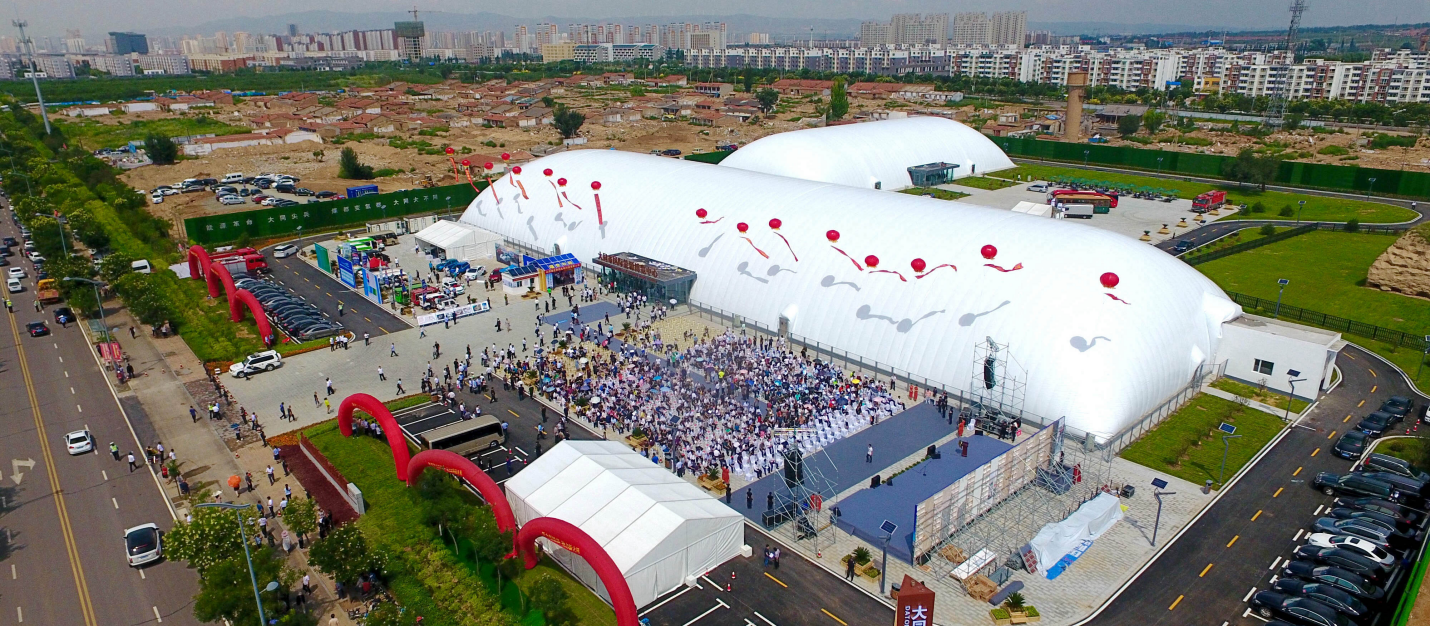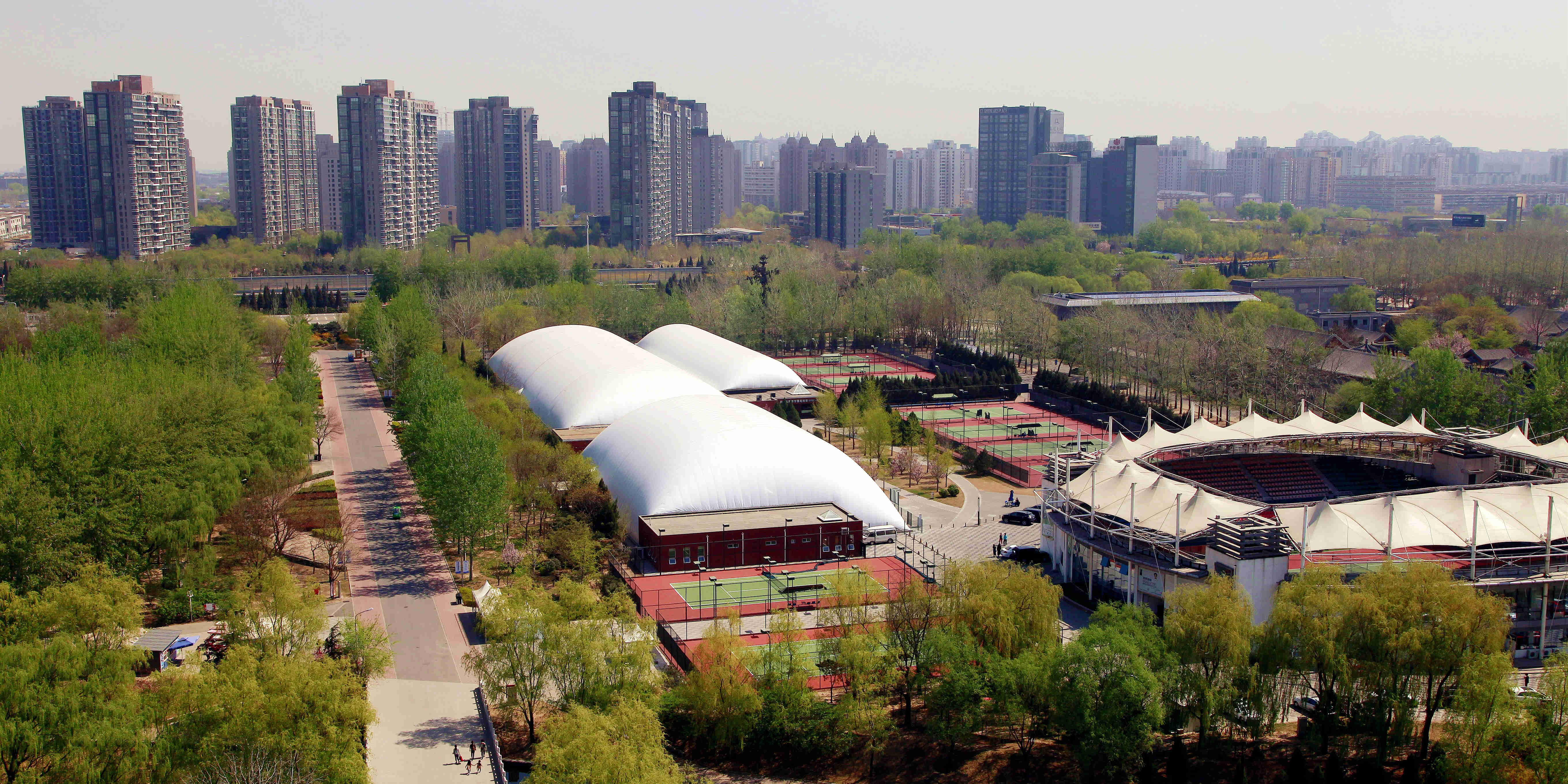The Ultimate Guide To Air Domes An air dome is the latest building formation technique in the construction industry. Covered with one or more layers of special PVDF/PVF fabric, the structure is hollow and anchored to the ground. It derives structural integrity from the use of internal pressurized air to inflate. Air domes have been getting increasingly popular for sports and recreational activities. They have been used in providing a roof over many sporting arenas, such as football grounds, tennis courts, swimming pools, and ice hockey rinks. Air domes have allowed sporting arenas to be used throughout the year, irrespective of weather conditions. Besides sports, many industries are also using air domes as storage facilities. Commonly, the air dome can be divided into two types depending on the building structure. These structures have a single-layer fabric membrane used as an enclosure. This enclosure is then anchored to the ground around the perimeter and inflated using blowers or fans. Doors are placed at the entry and exit points. These doors work as air-blocks and keep the indoor pressure from falling. In case of strong winds or heavy snow outside of the dome, internal pressure can be increased to withstand the extra pressure from the outside wind and snow. And they are popular with sports venues around the world. It’s a rigid structure formed by connecting several main tubes into one by setting connecting tubes between the main ribbed tubes. The air rib structure is the main force-bearing member of the building, and together with the external covering of roofing fabric and insulation, it constitutes the stress and protection construction in traditional buildings. This structure has outstanding features such as self-supporting, quick erection through fan pressurization, and hardware connection. Differences Between These Two Structures? Let’s take a look at the differences between them. The maximum span of air supported structure building can reach 180 meters, and the length is unlimited, so it’s recommended for a building area above 600 square meters. On the other hand, the air rib membrane structure is recommended for an area below 600 square meters. Under most circumstances, air supported structure has a longer life span than an air rib membrane because of the stronger tensile properties. Here is how air domes work: Overall, outdoor domes are a flexible and efficient way to provide indoor space for sports and other activities. They are quick and easy to install, and can be customized to fit a wide range of applications. The process of setting up an air dome is environmentally friendly, completely pollution free, and reusable. There is no noise pollution, and no construction wastage is produced when setting up an air dome. Setting up an air dome is way more time-saving than building a concrete building. All the membranes and steel materials are pre-built in the factories, so the installation time is reduced by almost 50%. Air domes are much less expensive to build compared to traditional concrete structures. This is because they use fewer materials per square meter than a traditional building. The air domes do not have any supporting columns leaving you with wide open spaces. These wide open spaces make air domes a perfect storage unit. Moreover, if an industry moves to a new location, an air dome can be deflated, packed, and transported to a new location. Less labor is needed to re-inflate the air dome. The air domes are weather resistant and can tolerate temperatures from -55C to +70C. Metaspace is a world-renowned air dome manufacturer that has manufactured more than 300 air domes. These include famous cases like the Ice Arena Dome of Beijing Sports University and the Tennis Dome Complex of Beijing Olympic Forest Park. Ice Arena Dome of Beijing Sports University Tennis Dome Complex of Beijing Olympic Forest Park Types of Air Buildings


How Do Air Domes Work?
Advantages of Air Supported Domes

ü Eco-Friendly and Reusable
ü Fast Installation and Low Cost
ü Compact Storage Volume
ü Weather Resistance
MetaSpace: Trusted Supplier of High-Quality Air Domes


